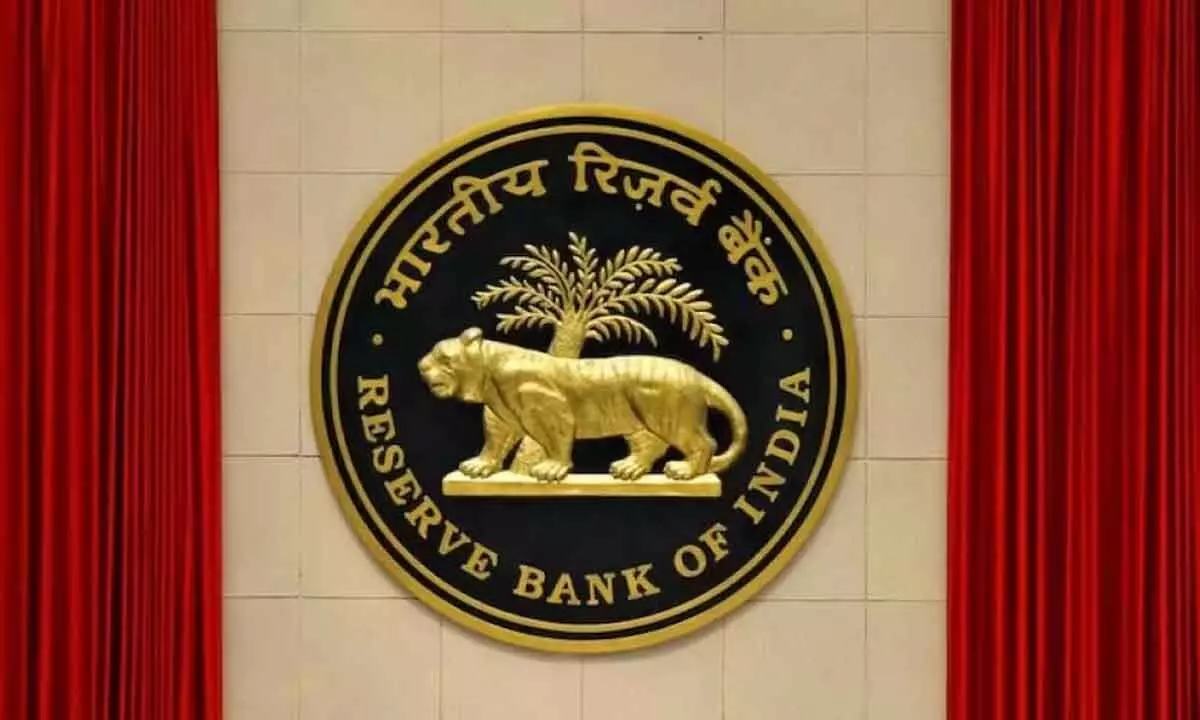RBI hikes risk weights for personal loans, credit cards to 125%, 150%
This increase in capital requirements is expected to dampen the enthusiasm of lenders to extend personal loans and credit cards
image for illustrative purpose

The RBI has also asked the banks to set aside additional capital against loans to NBFCs, where the risk weight is currently below 100 per cent.Lenders should put in place board approved policies for exposure to different consumer credit categories
In a move to tighten credit norms, the Reserve Bank of India (RBI) has increased the capital requirements for personal loans and credit cards. This decision is likely to slow down the growth of these credit products and potentially make them more expensive for borrowers.
Under the new guidelines, banks and non-bank financial companies (NBFCs) will be required to set aside 25 per cent more capital for each retail loan, bringing the total capital requirement to 125 per cent. This increase in capital requirements is expected to dampen the enthusiasm of lenders to extend personal loans and credit cards, potentially leading to a slowdown in the growth of these segments.
The new risk weight will apply to personal loans for banks and to retail loans for NBFCs, the RBI said.The housing, education and vehicle loans as well as loans secured by gold and gold jewellery will be excluded, added the RBI.
On credit card exposures, the RBI hiked the risk weights by 25 percentage points to 150 per cent and 125 per cent for banks and NBFCs, respectively.
Talking to Bizz Buzz, Shibani Kurian - Senior Executive Vice- President & Head Equity Research, Kotak Mutual Fund said, “Growth in unsecured retail loans and loans to NBFCs have exhibited a 2year CAGR of 24 per cent, 26 per cent respectively vs sector loan CAGR of 16 per cent over the same period. This pace of growth could have prompted the changes in risk weight by the central bank as a prudent measure even while asset quality trends have so far been holding up.”
On a prima facie basis, the banking system would have to evaluate capital requirement as per the new risk weights vs growth dynamics even while many banks especially the large private sector banks are well capitalised. Higher capital requirement for banks for NBFC lending may lead to higher cost of borrowing for NBFCs if passed on by the banking sector. The impact of the regulations would of course differ from entity to entity and be become clearer subsequently, he said.
Last month, RBI Governor Shaktikanta Das had said that the central bank was closely monitoring some fast-growing personal loan categories for signs of stress. The RBI has also asked the banks to set aside additional capital against loans to NBFCs, where the risk weight is currently below 100 per cent.Lenders should put in place board approved policies for exposure to different consumer credit categories, it also said.
“In particular, limits shall be prescribed for all unsecured consumer credit exposures," the central bank said.
As per the RBI November bulletin, in October the credit cards continued their growth, supported by cash backs, reward points, contactless cards and UPI-linked credit cards.
According to the RBI data, unsecured personal loans rose 23 per cent from a year ago as of September 22, 2023, while outstanding amounts on credit cards jumped nearly 30 per cent.
Earlier this month, data released by credit bureau Transunion CIBIL showed that delinquencies, defined as loans overdue by more than 90 days, were at 0.84 per cent for all personal loans. However, for loans below Rs 50,000 delinquencies were higher at 5.4 per cent.

